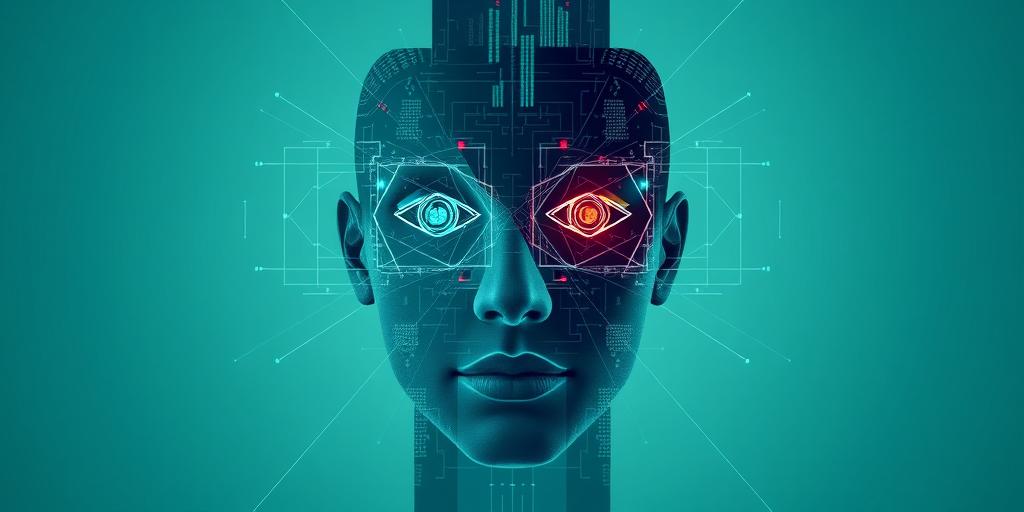Facial recognition technology has rapidly advanced, becoming integrated into various aspects of our lives, from security systems to social media platforms. However, the increasing use of this technology raises significant ethical and policy questions that demand careful consideration. This blog post aims to delve into the ethics and policies surrounding facial recognition, exploring the key issues and proposing recommendations for responsible implementation.
Ethical Considerations
Privacy
One of the primary ethical concerns is the potential for privacy violations. Facial recognition systems can collect and store vast amounts of personal data without individuals' knowledge or consent. This information can be used to track people's movements, identify their associations, and infer sensitive details about their lives. The lack of transparency and control over this data can lead to a chilling effect on freedom of expression and assembly.
Bias and Discrimination
Studies have shown that facial recognition algorithms are not always accurate and can exhibit biases against certain demographic groups, particularly people of color and women. These biases can result in misidentification, false accusations, and unfair treatment by law enforcement, employers, and other institutions. Addressing these biases is crucial to ensure fairness and prevent discrimination.
Surveillance and Social Control
The widespread use of facial recognition technology can enable mass surveillance, eroding individual autonomy and democratic values. When people know they are being watched, they may be less likely to engage in activities protected by freedom of speech and assembly. This can lead to a society where people are constantly monitored and controlled, undermining fundamental rights and freedoms.
Policy Recommendations
Transparency and Accountability
Governments and organizations that use facial recognition technology should be transparent about their practices, including the types of data collected, the purposes for which it is used, and the safeguards in place to protect privacy and prevent misuse. They should also be held accountable for any harms resulting from the use of this technology.
Consent and Control
Individuals should have the right to know when their faces are being scanned and to control how their data is used. This could involve requiring explicit consent for facial recognition in certain contexts, such as in public spaces or for commercial purposes. It also means providing individuals with the ability to access, correct, and delete their facial recognition data.
Regulation and Oversight
Governments should establish clear legal frameworks to regulate the use of facial recognition technology, setting limits on its deployment and ensuring compliance with human rights standards. Independent oversight bodies should be created to monitor the use of this technology and investigate complaints of abuse.
Education and Awareness
Public education and awareness campaigns are needed to inform people about the risks and benefits of facial recognition technology and to empower them to make informed decisions about its use. This includes educating people about their rights and how to protect their privacy in a world where facial recognition is becoming increasingly prevalent.
Conclusion
Facial recognition technology has the potential to bring significant benefits, but it also poses serious ethical and policy challenges. By addressing these challenges through transparency, accountability, regulation, and education, we can harness the power of facial recognition while safeguarding our fundamental rights and values. It is essential to engage in a broad public dialogue to shape the future of facial recognition in a way that promotes justice, equality, and human dignity.









